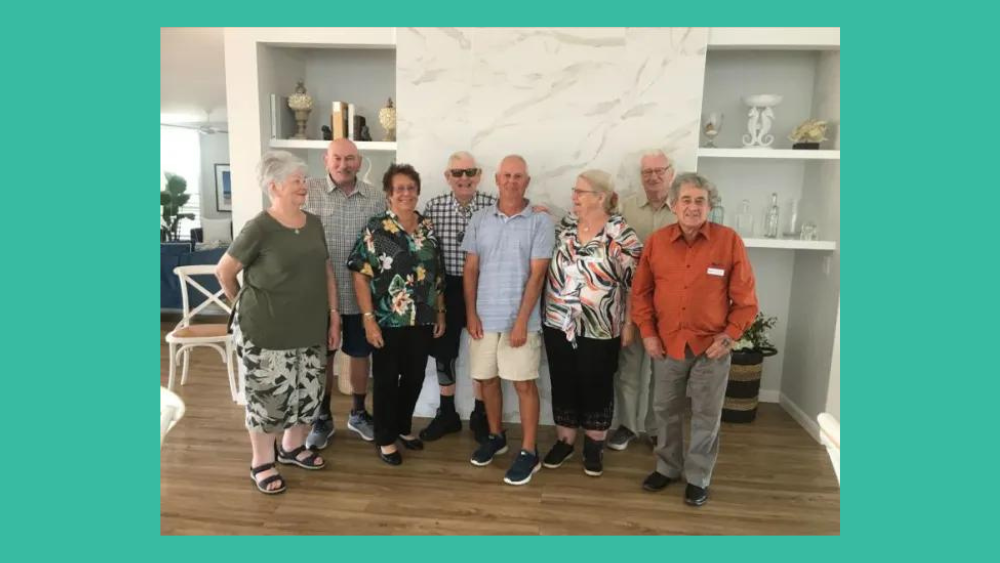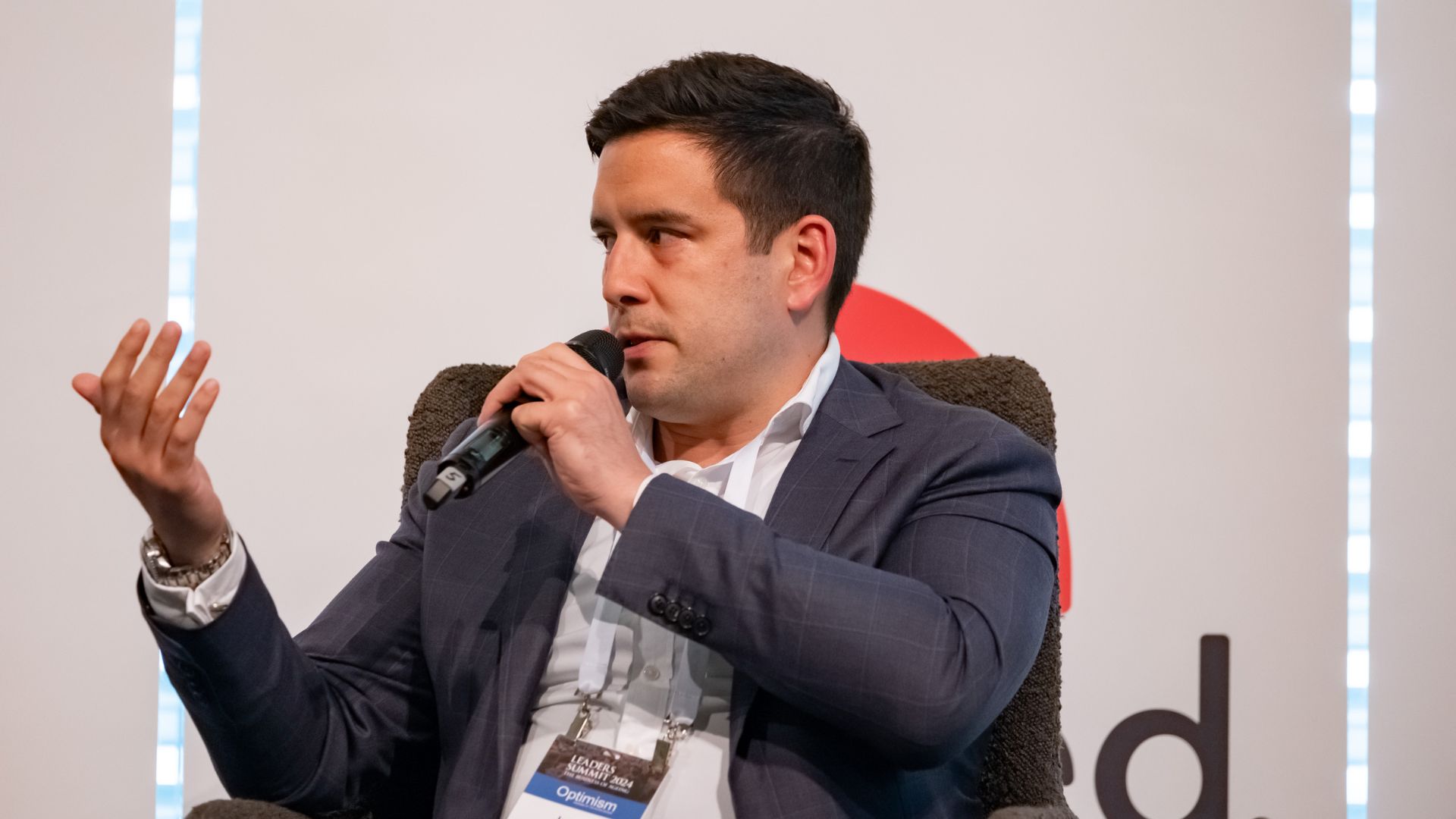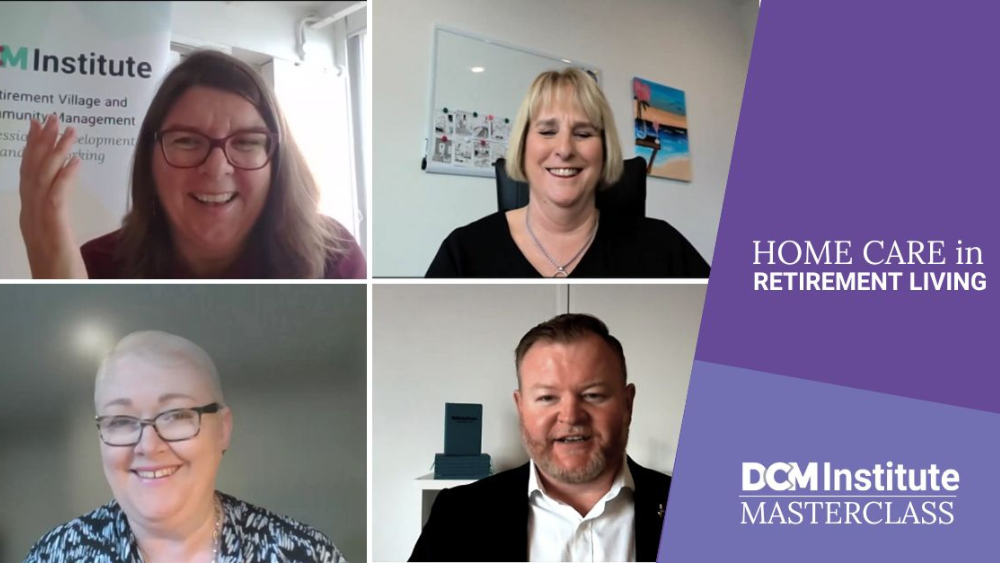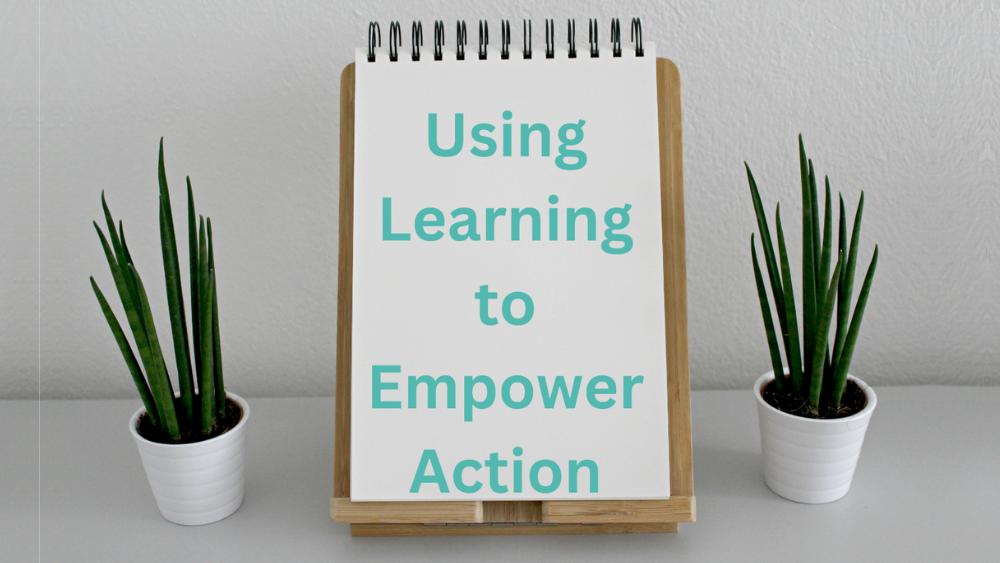I recently had the pleasure of sitting down with Robert Fitzgerald AM, the outgoing Commissioner of the NSW Ageing & Disability Commission.
The NSW Ageing and Disability Commission (ADC) was established in 2019 and promotes the rights of older people and adults with disability to live free of abuse in their family, home and community.
During the 2022-23 period, the Ageing and Disability Abuse Helpline received 4,258 statutory reports about allegations of abuse, 75% of which related to older people.
Reflecting on the progress made over the past five years, Mr. Fitzgerald noted an increased awareness within the sector regarding the prevalence of elder abuse, including within retirement villages.
But ‘awareness’ is not enough.
During our time together, the Commissioner emphasised the crucial responsibility retirement village operators hold in identifying and reporting elder abuse within their communities.
“I think it’s simply bad business if you have a retirement village where abuse exists, and it’s not dealt with quickly and appropriately.”
The Commissioner stressed that mere awareness is insufficient. highlighting the need for village operators to have proactive measures in place, and to train their staff in recognising the early signs of elder abuse.
He asserted that swift and appropriate action must be taken if abuse is suspected, emphasising the necessity of an Elder Abuse Prevention Strategy as mandated by Rule 10 of the Rules of Conduct for NSW retirement village operators.
NSW leads the way with village operators required to have Elder Abuse Prevention Strategy in place
Under Rule 10 of the Rules of Conduct for NSW retirement village operators, operators must prepare an Elder Abuse Prevention Strategy.
This Rule also requires that Village Managers are trained in the Strategy, so they know what steps to take if they do identify elder abuse in their village.
“We’re not trying to say that residents or staff should become experts in identifying what abuse is,” said the Commissioner. “That’s our job. “
“What we say is that if you are genuinely concerned about what you see, if you fear that somebody is being unduly influenced, if you believe that a relationship is forming that has elements which are more than just friendship or support, that’s the time to act.”
Advice to operators?
Download a copy of the Commission’s 24-page guide for village operators on how to meet Rule 10 and implement your Elder Abuse Prevention Strategy now if you haven’t already done so.
“I’m confident we’re on the right path working together, putting out material that can support and help retirement villages, but every operator of every retirement village in New South Wales has a responsibility to proactively implement those safeguarding arrangements, which will make a difference.”
Secondly, educate your staff and residents.
“The staff need to feel safe to raise concerns. Residents also need to feel safe. If they think the staff or the operator won’t take the issue seriously or worse, will treat them in a negative way – and that does happen – they won’t come forward.”
“The most important thing of all is to create a safe environment where abuse is just not tolerated,” concluded Mr Fitzgerald.
Will Elder Abuse Prevention Strategies become more widespread? We think YES.
Interestingly, we were in the ACT last month to attend an industry event. At the event was a representative from the Human Rights Commission, who actively assists residents and operators with mediation and dispute resolution.
Mr. Fitzgerald, this week commenced in his new role as the Age Discrimination Commissioner. This is a statutory position within the Australian Human Rights Commission, established under the Age Discrimination Act 2004 (Cth).
In his new role, Mr Fitzgerald’s office is responsible for addressing barriers to equality and participation caused by age discrimination and protecting Australians of all ages from discrimination based on age in employment, education, accommodation and the provision of goods and services.
Mr Fitzgerald is familiar with our sector, and with the report from the NSW Retirement Village Residents’ Association, Ageing Without Fear.
We can see the issue of Elder Abuse in retirement villages continuing to have the microscope on it, and operators being expected to do more to prevent it across the country.
This article was orginally posted as part of a SATURDAY project on Elder Abuse. To read the full article, subscribe here.












